Einstein’s idea of a “cosmic constant” was scorned for many decades. But lately, scientific attitudes have changed. Physicists now universally recognize the need for black energy and black matter. Physicists realize a vast amount of invisible material and energy is necessary to keep the universe together and to explain other phenomena, such as why the edges of galaxies speed far too fast to stay attached, but do so anyway. And the current theories of elemental particles now suggest a vast range of phantom particles—these can appear and disappear anywhere in space, possessing great amounts of energy. These phantom particles blink in and out of existence in space, perhaps from other dimensions, to facilitate the normal changes and interactions between elemental particles. Finally, a Higgs boson has been validated, a semi-phantom particle available to allow other atomic particles to possess something important: mass. Wow! If classic science can accept such impossibly strange additions to its already complex quantum universe, Einstein’s “cosmic constant” seems strangely possible. In fact, let us assume it exists. What is it? And how does it shape the universe it controls?
Product details
- Publisher : Independently published (August 21, 2018)
- Language : English
- Paperback : 123 pages
- ISBN-10 : 1719843252
- ISBN-13 : 978-1719843256
- Item Weight : 6.7 ounces
- Dimensions : 6 x 0.31 x 9 inches

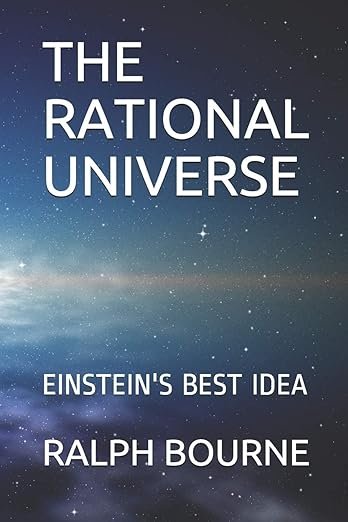

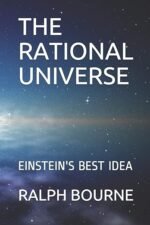



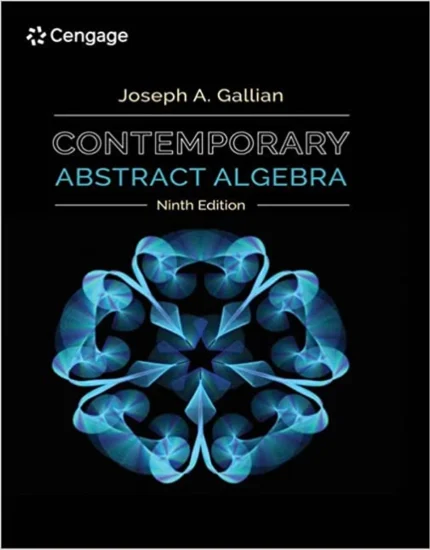
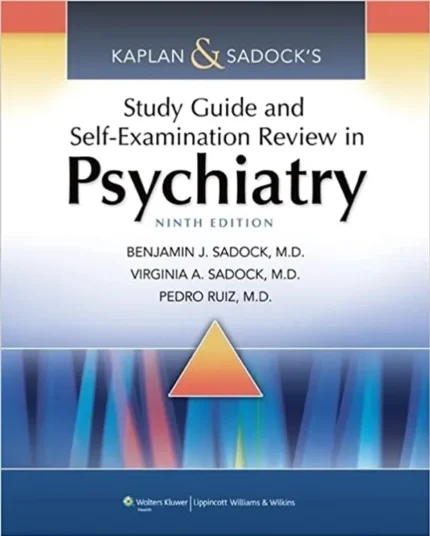

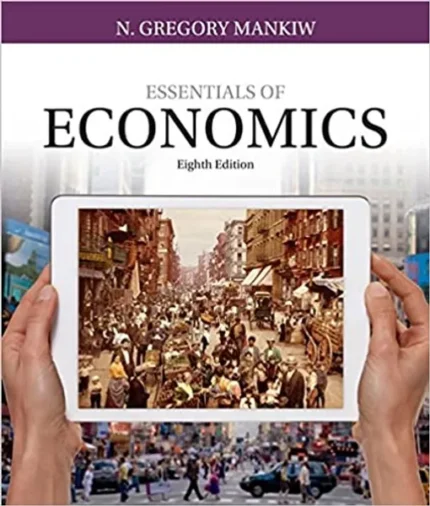

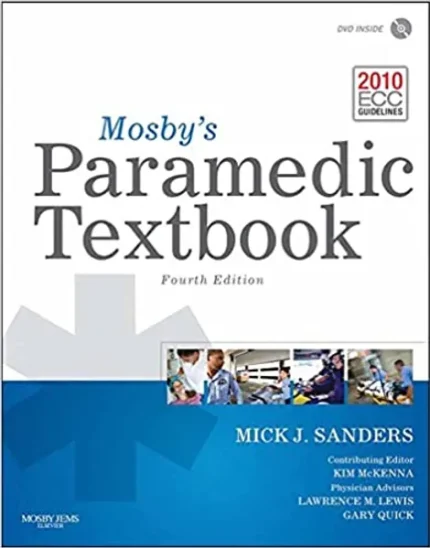


Reviews
There are no reviews yet.